Latest Comments
@ Mafioso...
Many thanks follow up comments subject photo. Fascinating information regarding the wooden hulls. Your research (with links) have solved the mystery. Re Ocean Hawk......At the time of posting (2021) I was informed the tug was moved further up the Estuary (at high tide) and deliberately burned at the location where it sits to this day (Not far out of sight from where a 4 lane highway runs past the Estuary). The 3 photos I took of the remaining hulls, (lying in a different section of the Estuary) must be the Ocean Rockswift/Osprey and Weka. Given their poor condition it would be impossible to positively identify which is which. I will however change title of the two uploaded to date. For sake of providing identification, I will include a tug name and a footnote in the description with the data you've provided.
Thank you again for correcting the identity of these wooden hulls. Much appreciated.
Kind regards.....
andre
Many thanks follow up comments subject photo. Fascinating information regarding the wooden hulls. Your research (with links) have solved the mystery. Re Ocean Hawk......At the time of posting (2021) I was informed the tug was moved further up the Estuary (at high tide) and deliberately burned at the location where it sits to this day (Not far out of sight from where a 4 lane highway runs past the Estuary). The 3 photos I took of the remaining hulls, (lying in a different section of the Estuary) must be the Ocean Rockswift/Osprey and Weka. Given their poor condition it would be impossible to positively identify which is which. I will however change title of the two uploaded to date. For sake of providing identification, I will include a tug name and a footnote in the description with the data you've provided.
Thank you again for correcting the identity of these wooden hulls. Much appreciated.
Kind regards.....
andre
Edit
comment
Sorry, I misunderstood.
The wooden hulls are not schooners, they are old Navy tugboats.
OCEAN HAWK
https://www.shipspotting.com/photos/3289509
OCEAN ROCKSWIFT - IMO 5260526
https://www.shipspotting.com/photos/2807706
Ocean Osprey
https://www.shipsnostalgia.com/media/ocean-osprey.462304/
OCEAN WEKA
https://russelbrothers.com/navytugsglen.html
These 4 tugs along with the 4 LSM's were almost the entire fleet of Saint John Tug Boat Co. Ltd. the owner was C.N. Wilson.
In 1967 he lost 2 lawsuits and had to pay for the sale of the boats to a scrapyard and they were to be scrapped in the Musquash Estuary, but apparently it was never done.
Later it was said that the ships were donated to the government of Canada.
Saludos
The wooden hulls are not schooners, they are old Navy tugboats.
OCEAN HAWK
https://www.shipspotting.com/photos/3289509
OCEAN ROCKSWIFT - IMO 5260526
https://www.shipspotting.com/photos/2807706
Ocean Osprey
https://www.shipsnostalgia.com/media/ocean-osprey.462304/
OCEAN WEKA
https://russelbrothers.com/navytugsglen.html
These 4 tugs along with the 4 LSM's were almost the entire fleet of Saint John Tug Boat Co. Ltd. the owner was C.N. Wilson.
In 1967 he lost 2 lawsuits and had to pay for the sale of the boats to a scrapyard and they were to be scrapped in the Musquash Estuary, but apparently it was never done.
Later it was said that the ships were donated to the government of Canada.
Saludos
Edit
comment
Latest Comments

Superb-You could have been shot down
Edit
comment
Latest Comments
Many thanks for posting your excellent photos of TANZANITE arriving at the port Santander. She is currently en route from Bilbao to Liverpool to discharge another part of her cargo of steel from the Far East. Best regards. Malcolm Cranfield
Edit
comment
Latest Comments
Does anyone know the name of the ship behind the submarine?
Here is an image from Google Maps:
https://i.ibb.co/KwW4Qgy/11-rus.jpg
Saludos
Here is an image from Google Maps:
https://i.ibb.co/KwW4Qgy/11-rus.jpg
Saludos
Edit
comment
Edit
comment
Wow how fast! i love this!
RFS VOLNA
Thank you so much my friend!
RFS VOLNA
Thank you so much my friend!
Edit
comment
Latest Comments
WIND SCYLLA - IMO 9698939
Edit
comment

Thanks Alexi, will delete it tomorrow
Edit
comment
Latest Comments
Me too!
Details at https://www.scheepvaartwest.be/CMS/index.php/passengers-cruise/7432-evora
According to Tripadvisor, she was built using "recycled tank plates from World War I"
Details at https://www.scheepvaartwest.be/CMS/index.php/passengers-cruise/7432-evora
According to Tripadvisor, she was built using "recycled tank plates from World War I"
Edit
comment
Latest Comments
The funnel mark is that of the now-defunct Japan National Railways (JNR)
see http://www.japaneserailwaysociety.com/jrs/members/pearce/ships/ships1.htm
see http://www.japaneserailwaysociety.com/jrs/members/pearce/ships/ships1.htm
Edit
comment
Latest Comments
What a beautiful ship and worth the forty years wait to see it!
Edit
comment
Latest Comments
Transport cutters (design 716)
Transport Cutter 853
Raising the flag: May 3, 1991
Tactical and technical data:
total length: 37.23 meters;
width: 7.14 meters;
draft: 1.5 meters;
displacement: 176 tons;
speed: 20.0 knots;
main drive: 3 M401A diesel engines with a power of 735 kW each.
Armament:
1 ZU-23-2M naval missile and artillery systems, each consisting of a twin 23 mm cannon;
2 extended long charge launchers.
Characteristic:
The basic tasks of project 716 transport cutters include loading from an unarmed shore, transport by sea and landing on an unprepared shore of infantry assault units and special groups, delivery of supplies to troops fighting in coastal areas, and evacuation of the wounded and sick from the shore in the combat area. In addition, the ship, using specialized weapons and sapper teams, can eliminate anti-landing engineering obstacles in the water and on the shore. The cutters have a 14-person crew and can additionally carry 50 soldiers on board along with personal weapons and equipment. The units were built at the Naval Shipyard in Gdynia.
Transport Cutter 853
Raising the flag: May 3, 1991
Tactical and technical data:
total length: 37.23 meters;
width: 7.14 meters;
draft: 1.5 meters;
displacement: 176 tons;
speed: 20.0 knots;
main drive: 3 M401A diesel engines with a power of 735 kW each.
Armament:
1 ZU-23-2M naval missile and artillery systems, each consisting of a twin 23 mm cannon;
2 extended long charge launchers.
Characteristic:
The basic tasks of project 716 transport cutters include loading from an unarmed shore, transport by sea and landing on an unprepared shore of infantry assault units and special groups, delivery of supplies to troops fighting in coastal areas, and evacuation of the wounded and sick from the shore in the combat area. In addition, the ship, using specialized weapons and sapper teams, can eliminate anti-landing engineering obstacles in the water and on the shore. The cutters have a 14-person crew and can additionally carry 50 soldiers on board along with personal weapons and equipment. The units were built at the Naval Shipyard in Gdynia.
Edit
comment
Latest Comments
Another photo from Pasajes https://www.facebook.com/photo/?fbid=418023427852001&set=a.129154853405528

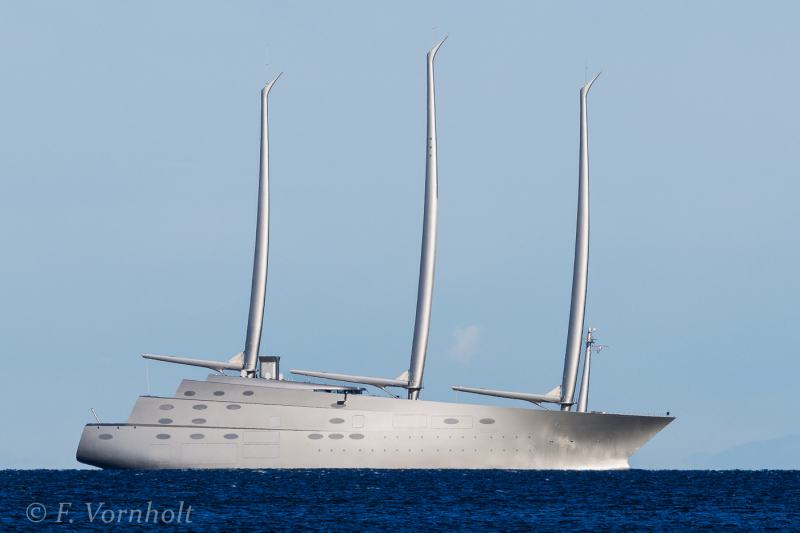
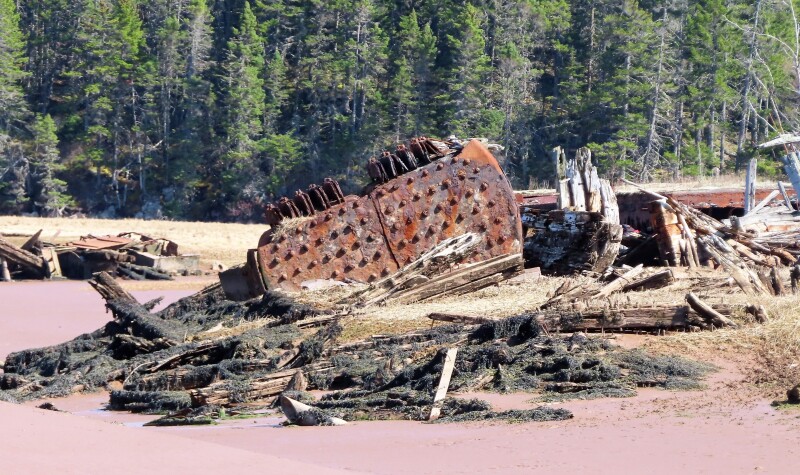
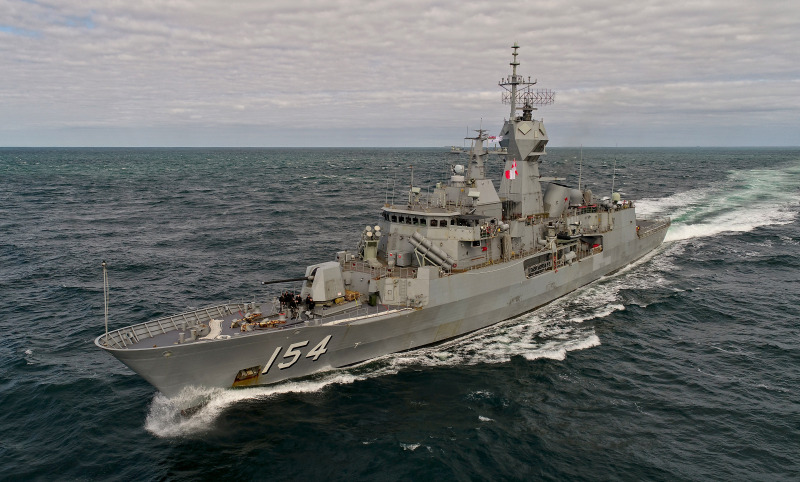
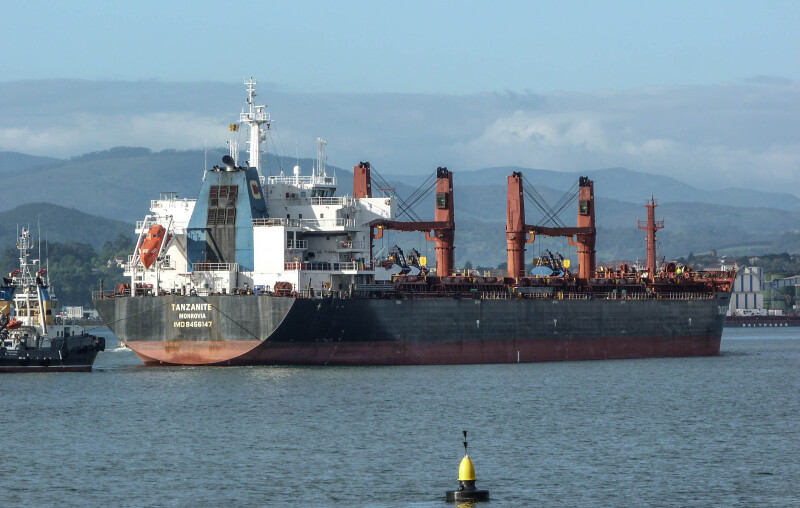
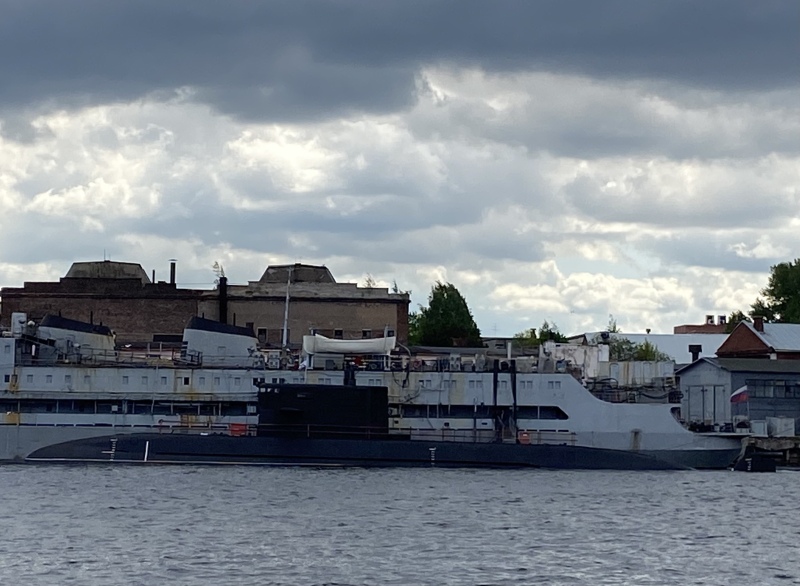

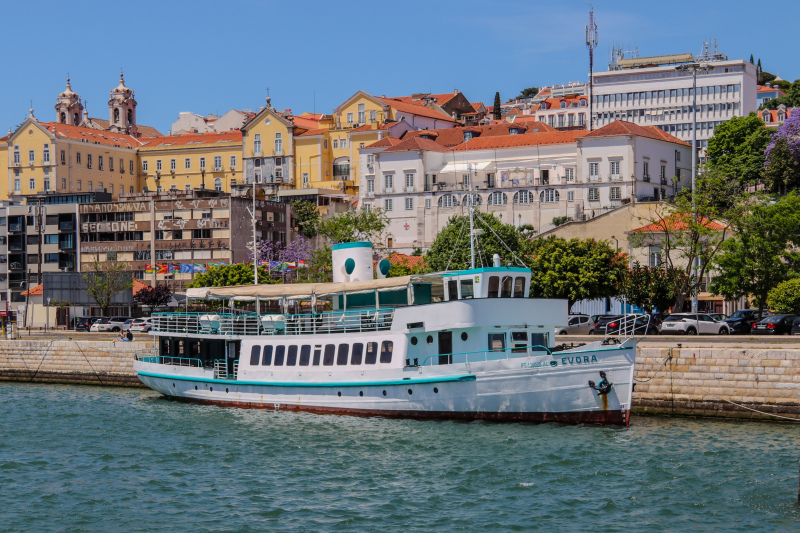
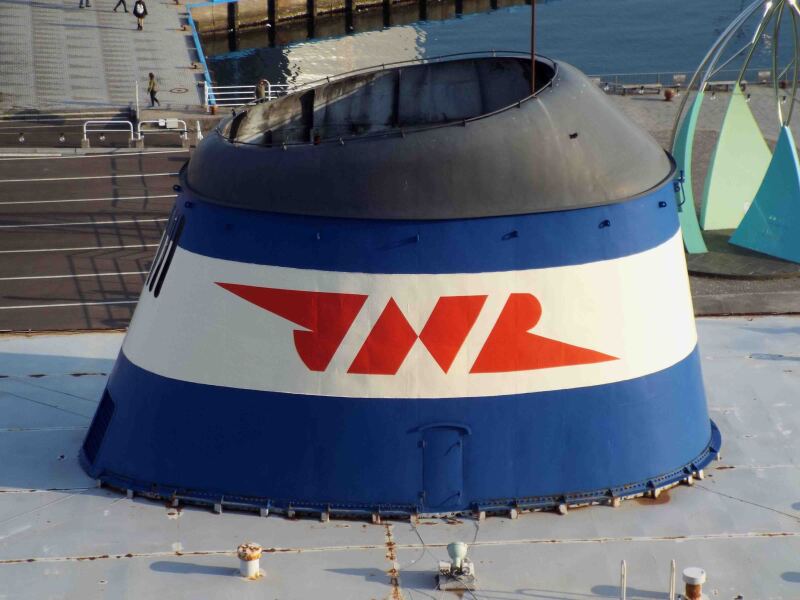
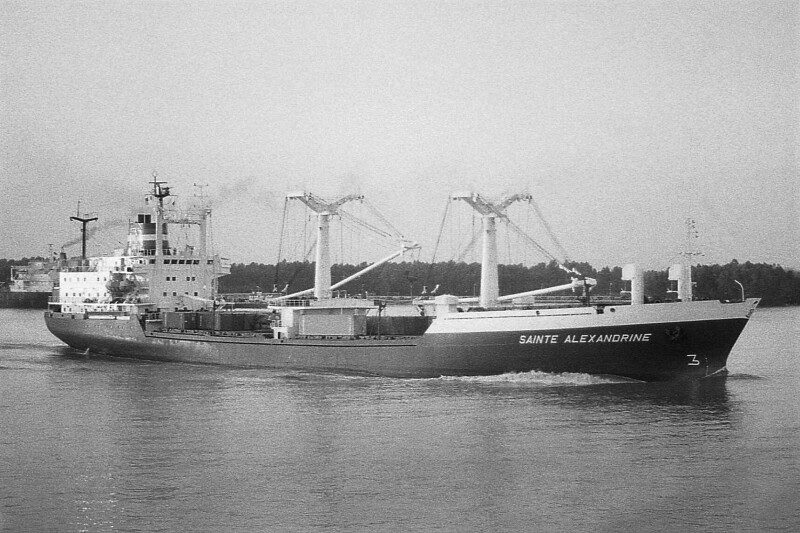
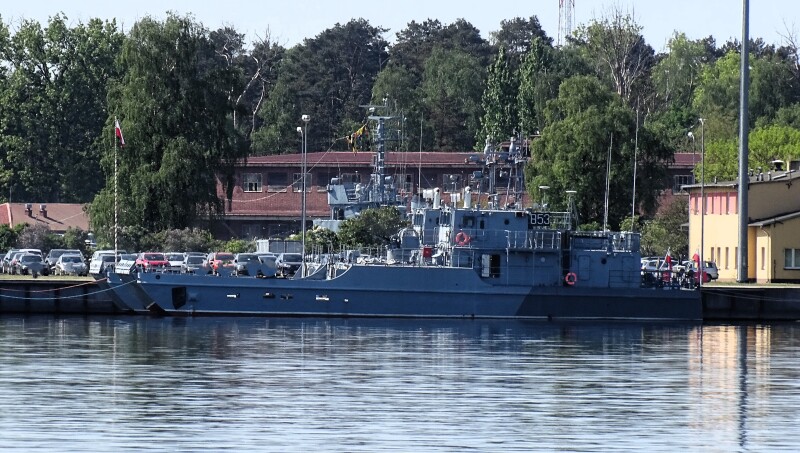
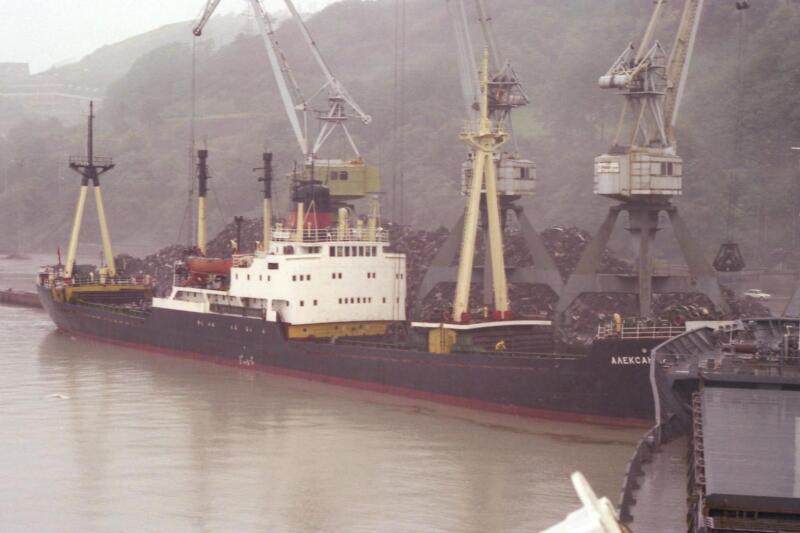
Edit
comment
Edit
comment